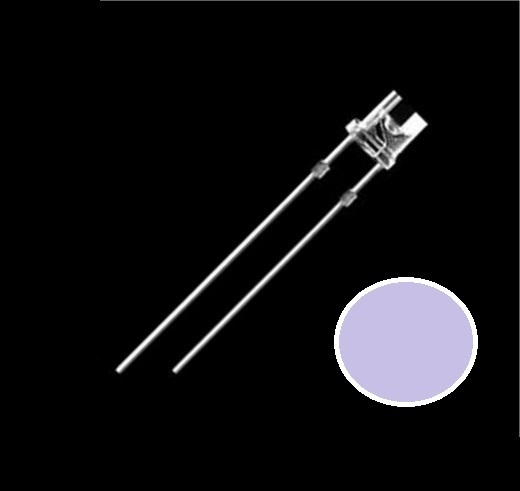Pitlamp
Well-known member
In the hopes of complementing Stuart's helpful information above, here's a photo of -ve and +ve cotton wool detectors alongside each other, from an OBA water tracing test. I make them from poly bags with small holes cut in them (to allow water to circulate) and I like to secure the detectors to rocks using inner tube loops. I find these are as flood proof as most other arrangements. The reference numbers are on tabs of insulation tape.
These detectors are photographed under a mains UV lamp but it's possible to buy cheap portable UV torches on Amazon etc. I believe a useful wavelength for OBA detection is around 365 nanometres. An advantage of such a torch is it can be used directly in the field, perhaps removing the need for any detectors (depending on the nature of the test).
Hope this helps (somebody).

These detectors are photographed under a mains UV lamp but it's possible to buy cheap portable UV torches on Amazon etc. I believe a useful wavelength for OBA detection is around 365 nanometres. An advantage of such a torch is it can be used directly in the field, perhaps removing the need for any detectors (depending on the nature of the test).
Hope this helps (somebody).




